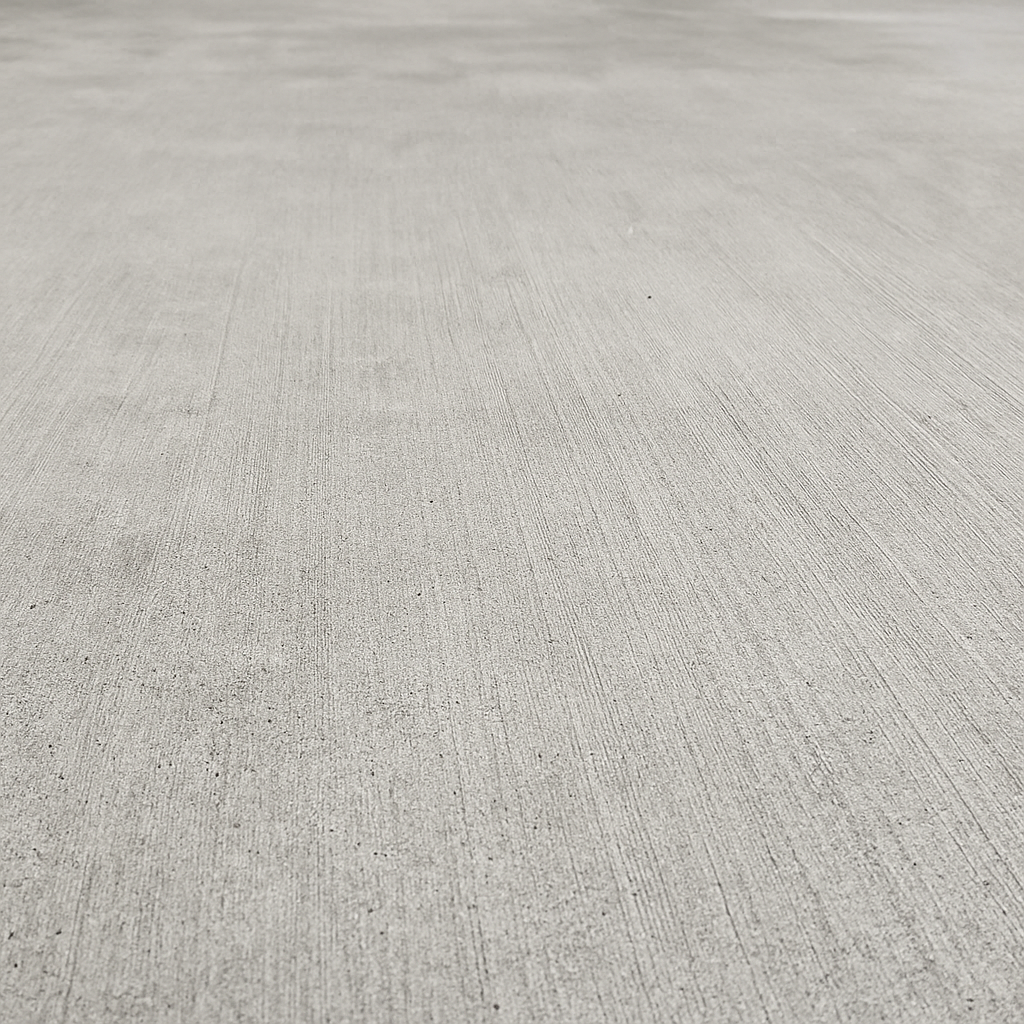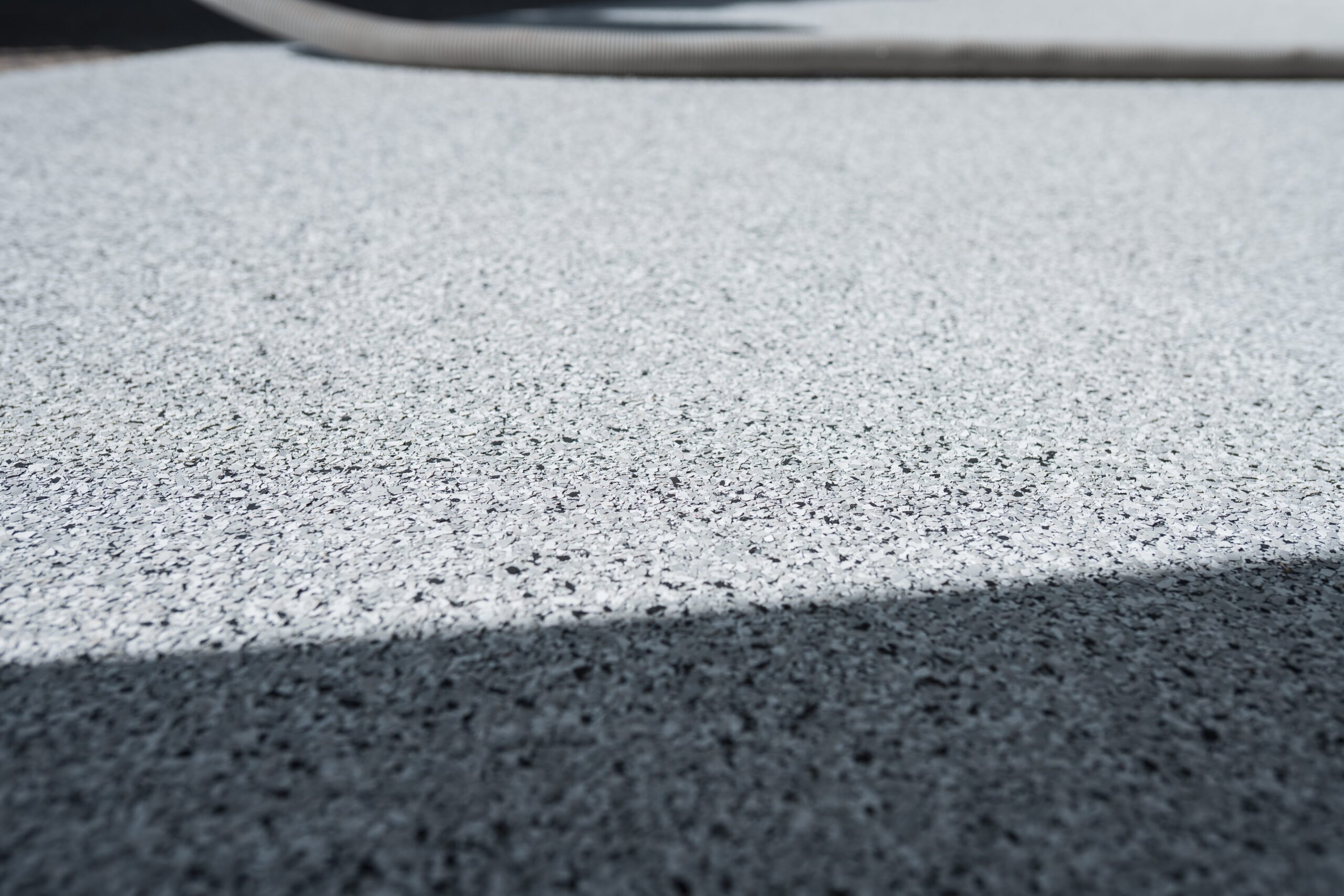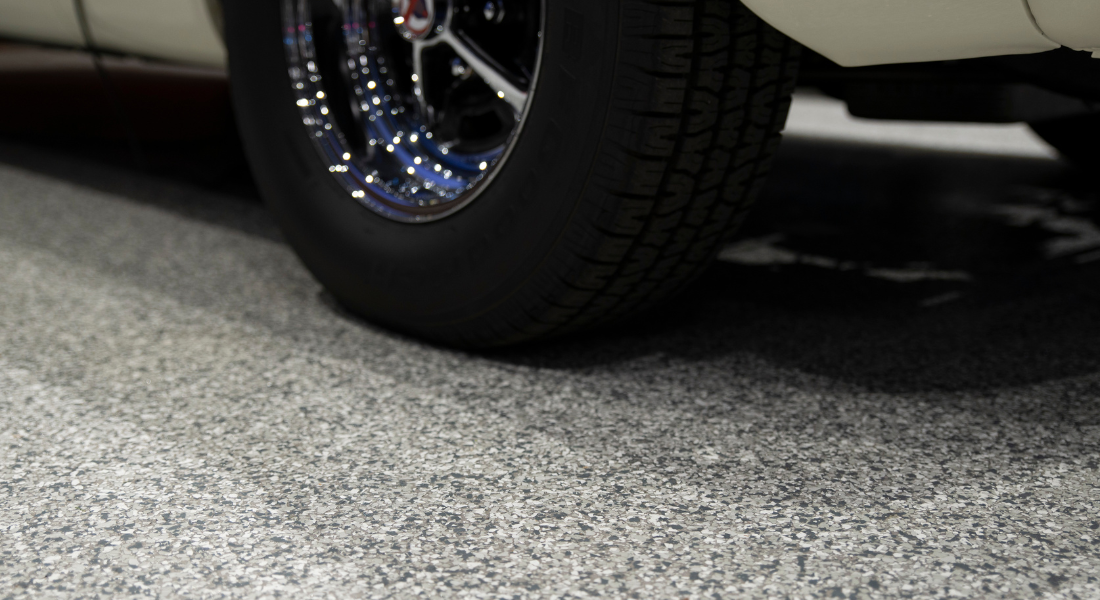When you’re investing in a concrete coating—whether it’s epoxy for your garage, polished concrete in your showroom, or sealed slabs on your patio—cutting corners just doesn’t cut it. At Prime Concrete Coatings, we take pride in doing things right. And a huge part of that is using the proper standards to guide our work, especially the ones set by ASTM International.
These standards aren’t red tape—they’re the reason our coatings stay beautiful, durable, and trouble-free, especially in Okanagan’s ever-changing climate.
ASTM F3010 – Moisture Mitigation Must-Know
What it is: ASTM F3010 sets the minimum performance for vapor barriers used beneath flooring. It requires that the barrier must limit vapor transmission to 0.1 perms or less, which is vital under epoxy or other impermeable coatings.
Why it matters: Moisture is the #1 cause of coating failure. If your concrete slab is too “wet,” the coating can blister or peel. And in Kelowna, where slabs often cure in cold or humid conditions, that risk is real.
What we do: We test your slab first. If moisture is too high, we apply a certified F3010-compliant barrier like:
Source: ASTM F3010-18 Specification
ASTM F2170 – The Trusted Moisture Test
What it is: This is the in-situ relative humidity test, and it’s the most accurate method for assessing internal moisture in a slab.
Why it’s better: Unlike old surface tests, F2170 uses probes drilled into the slab to measure humidity at 40% depth, where moisture typically equalizes.
New update: The ASTM committee recently updated this standard to allow readings at 24 hours instead of 72 hours, which helps speed up timelines without compromising accuracy.
Source: ASTM F2170 Standard
ASTM F1869 – The Calcium Chloride Test
What it is: A traditional method to measure the Moisture Vapor Emission Rate (MVER) over 72 hours using salt crystals.
Downsides: It only tests surface moisture and can be misleading in deeper or newly placed slabs.
Why we still use it: As a backup to confirm surface-level readings or as a quick on-site reference.
Source: Moisture Testing Overview – Concrete Network
ASTM F710 – Surface Prep Standards
What it is: ASTM F710 is the industry standard for preparing concrete slabs before installing any flooring system—whether that’s epoxy, polish, or sealant. It outlines how to assess the slab’s condition and what steps need to be taken to make sure coatings adhere properly and perform long-term.
This includes:
- Cleaning the surface of dust, oil, adhesives, grease, wax, or any contaminants that might affect adhesion.
- Profiling the slab by mechanical methods like grinding or shot blasting to create the right surface texture (CSP rating) for the product being applied.
- Repairing imperfections, including cracks, spalls, and uneven areas that could telegraph through the finish or create adhesion weak points.
- Assessing and adjusting pH levels to avoid chemical conflicts between the slab and coating materials (especially crucial for epoxies).
- Evaluating flatness and levelness, which is essential for self-leveling coatings and large-scale installations like warehouses or showrooms.
- Ensuring the slab is dry and properly cured, with moisture levels meeting manufacturer and ASTM standards.
Why it matters: A beautiful epoxy or polished concrete floor is only as good as the base it’s installed on. If that base is dusty, oily, damp, or cracked, the coating will fail—often within months. F710 ensures a fail-safe foundation by eliminating variables that can lead to delamination, bubbling, cracking, or uneven gloss levels. For clients, it means fewer callbacks and better long-term value.
Every project starts with an inspection using the F710 checklist. Our team:
- Mechanically grinds the surface to open the pores and ensure deep bond strength.
- Cleans thoroughly using industrial vacuums and degreasers.
- Fills cracks and smooths surface imperfections using patching compounds that are compatible with the finish system.
- Verifies slab pH and moisture levels, adjusting with neutralizing solutions or barrier coats as needed.
- Profiles the slab to the correct CSP (Concrete Surface Profile) based on the type of system we’re applying—whether a flake epoxy or high-gloss polish.
We don’t cut corners because surface prep isn’t just a step—it’s the most important step.

Source: ASTM F710-23a Standard
ASTM D7234 & ASTM C1583 – Bond Strength Testing
D7234: Measures how well the coating sticks to concrete (pull-off test).
C1583: Tests the tensile strength of the actual concrete surface.
Why these matter: If the concrete or coating fails under stress, your investment goes out the window. We test before AND after to ensure solid adhesion and strong substrates.

Source: Concrete Surface Bond Tests – ICRI
Why This All Matters
Following ASTM standards might sound overly technical—but here’s what it really means:
- No surprise failures from trapped moisture
- Stronger adhesion for coatings, polishes, and sealers
- Longer lifespan for your investment
- Peace of mind that your floor will look and perform great for years
At Prime Concrete Coatings, these aren’t extras—they’re part of the job. We don’t take shortcuts. Whether we’re finishing a high-end garage or a busy commercial floor, we do it to spec.
Final Thoughts
There’s a lot that goes into concrete coatings. It’s more than just applying epoxy or polish—it’s about understanding what’s happening under the surface. By following industry-leading ASTM standards, we ensure your floor performs the way it’s supposed to.
Want to learn more? Contact Prime Concrete Coatings for a free consultation or moisture assessment—we’re here to help your concrete floor reach its full potential.




